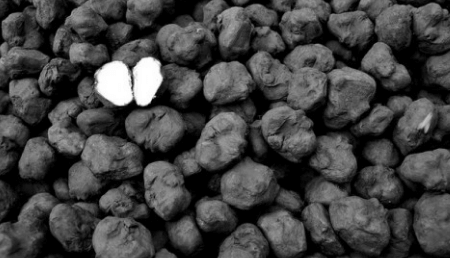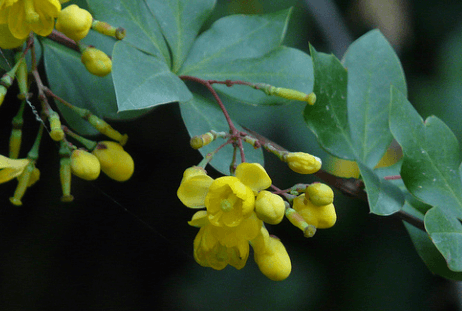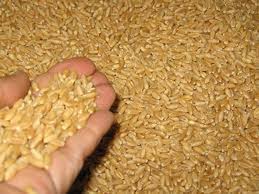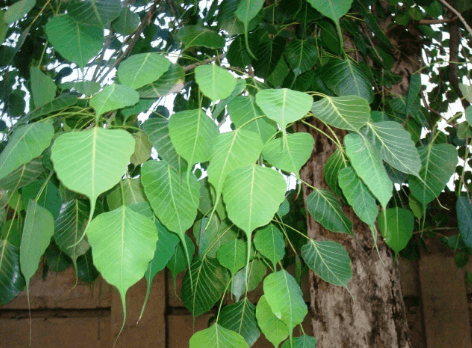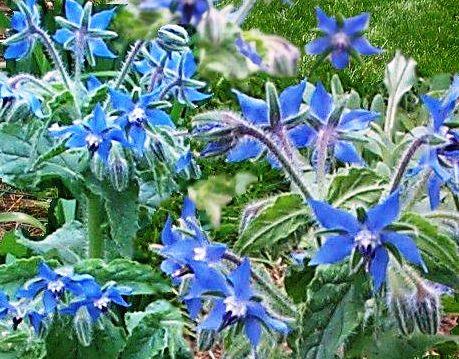Katphal Tree Medicinal Benefits

Botanical Name- Myrica esculenta
Common Name-Kayphal
Family-Myricaceae (Katphal Kul)
Habit- Tree, 10-15 ft. in height.
Properties-
Property-Lightness, sharpness
Taste-Astringent, bitter, acrid
Potency-Heating
Metabolic Property-Acrid
Specific Property-
- Kaph-vata-samak
- Antipyretic
- Bronchial sedative
- Voice promoter
- Appetiser
Part Used—Bark

Description—Katphal is a sub-temperate evergreen tree found throughout the mid-Himalayas, starting from about 1,300 meters and going up to about 2,100 meters.
The tree yields a drupaceous fruit which is one of the tastiest wild fruits of the sub-Himalayan region. This fruit tree carries a lot of commercial importance and every year its fruits worth thousands of rupees are sold in different towns of Himachal Pradesh. These fruits are very much liked by all.
The flowering season starts from the first fortnight of February and continues till the second fortnight of April.
The peak flowering season was observed to occur during the first fortnight of March. Similarly the fruiting season started from the first week of May and continued till the last week of this month under Solan conditions.
The edible portion of the fruit is its pulp, which is 75.4 per cent of the whole fruit. It contains 80.6 per cent moisture. The total soluble solids content of the fruit is 19.5 per cent. The juice content of the fruit is 40 percent. The juice contains 3.68 per cent acidity, 12.65 per cent total sugars, most of the form of reducing sugars. The tannin content was found to be 1.05 per cent on pulp basis. The fruits are not very rich in vitamin C and contain only 4.12 mg of it per 100 ml of juice.
The mineral content of the fruit pulp, as represented by its ash, is 0.387 per cent. The fruit phosphorus, 0.194 per cent potassium, 0.039 contains 0.97 per cent protein, 0.007 per cent calcium, 0.013 per cent magnesium and 0.004 per cent iron on pulp basis.
The small seedy fruits of Katphal are very much liked by all for their taste and juiciness. Huge quantities of this wild fruit are picked by the villagers from the forests and sold in towns. The fruits easily sell 4 to 5 rupees a kg. Every year the fruit of this tree, worth thousands of rupees, is sold in towns it is a good source of extra income for the villagers.
The fruits, unfortunately, are not good keepers already mentioned under chemical composition fruits are fairly on, these juicy and the percentage of extractable juice is about 40 per cent. The juice has a very attractive sparkling red colour. Efforts should be made to standardize a technique for its utilization.
The major problem in the case of this fruit is that the harvesting period is too long and fruits from a single tree have to be harvested in many pickings. However, this is the only cost involved in the case of this fruit, the numerous trees bearing which are growing wild in the forests. This cost can, therefore, be overlooked.
Katphal is a tall and spreading evergreen tree. It should be very useful in avenue plantation in the hills. Besides providing shade and ornamental look, it will, also yield fruit.
The small seedy fruits of Katphal are very much liked by all for their taste and juiciness. Huge quantities of this wild fruit are picked by the villagers from the forests and sold in towns. Every year the fruit of this tree, worth thousands of rupees, is sold in towns. It is a good source of extra income for the villagers.
Katphal is a handsome spreading evergreen tree. It should a suitable avenue plant in the hills. Besides providing shade and ornamental look, it will also yield fruit.
Dosage— Powder -3-5 gms.
Uses-1.
- In Rhinorrhoes, Stomatitis, Asthma & Ch. Laryngitis—Decoction of Katphal should be used with Dalchini.
- In Hemorrhoid—Local application of Katphal with ghee is effective. 3. In Dysmenorrhoea — Gaggery & Katphal powder should be taken with keshar & black sesanium.
- Oil cooked with Katphal powder is useful in Arthritis & Wound.
- In Toothache—It is used as tooth powder.

